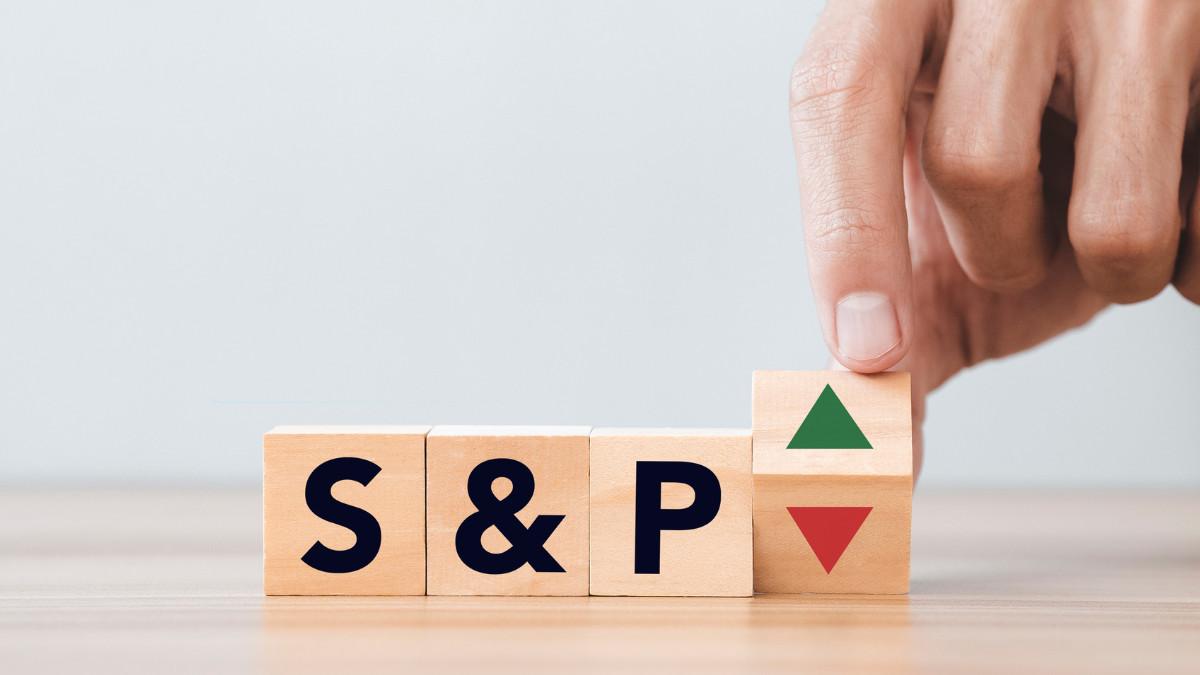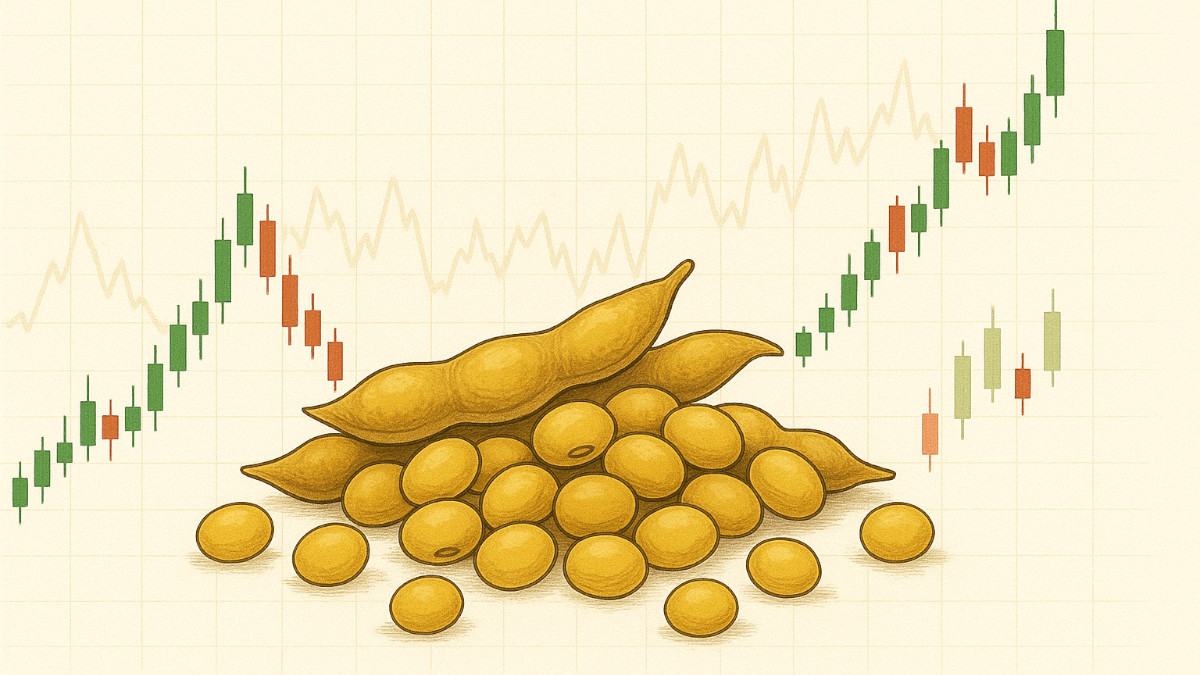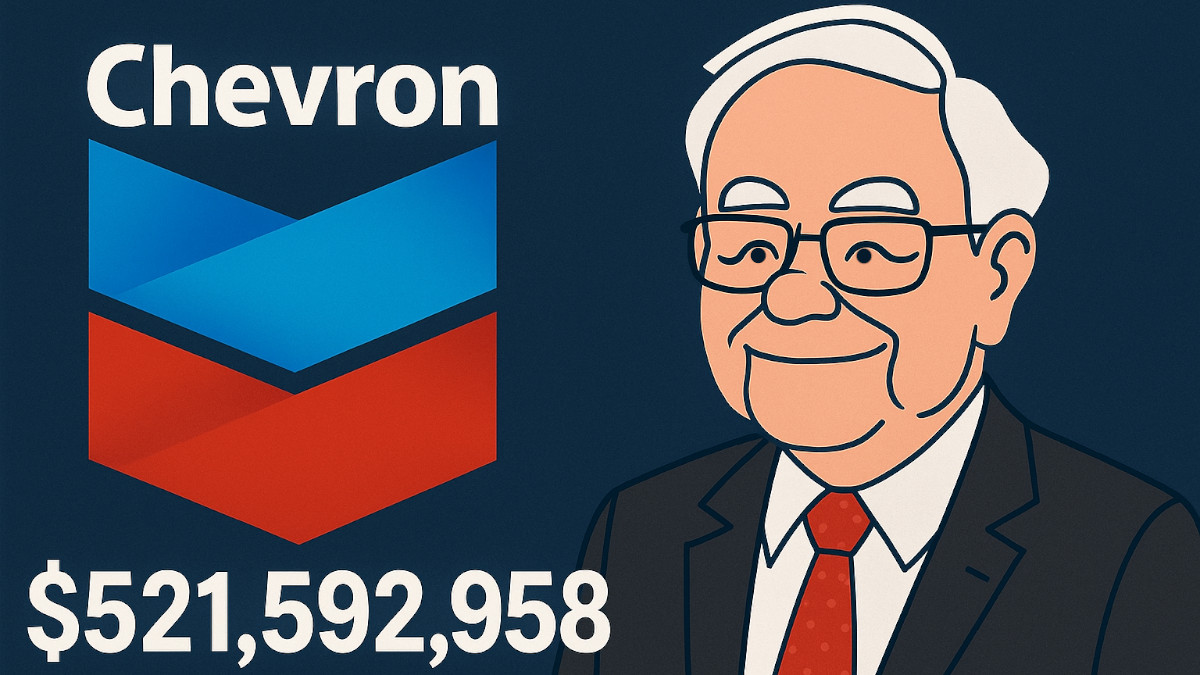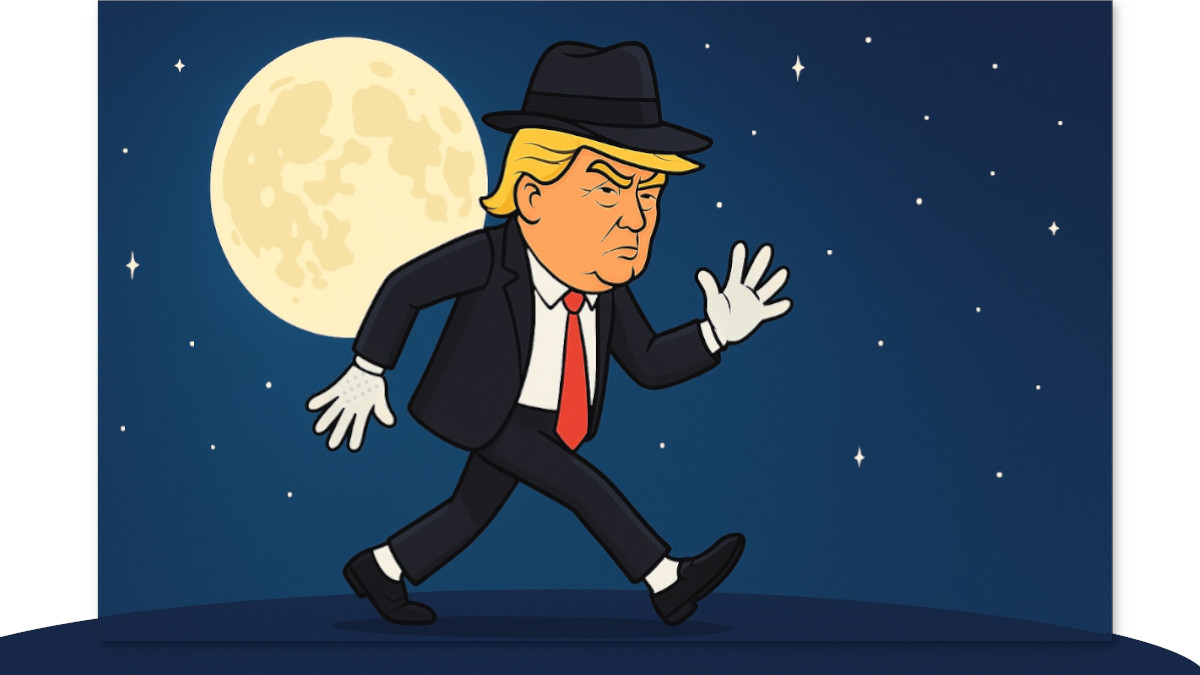- Analytics
- Trading News
- S&P 500 and Nasdaq: Sharp Pullback
S&P 500 and Nasdaq: Sharp Pullback

The S&P 500 and Nasdaq just had a sharp pullback after months of strong gains. From early April to last week’s peak, both indexes rose; S&P 500 by over 25%, Nasdaq by nearly 40%. But last week, things turned.
What triggered the pullback
Several red flags hit all at once:
- Inflation and jobs data disappointed on Thursday and Friday.
- The Fed kept rates unchanged, but gave no strong hint of future cuts.
- New tariffs and trade policy roller-coaster
- Seasonal weakness in August is historically a drag on stocks.
The S&P 500 lost nearly 3% in just a few days, closing around 6,238. Nasdaq dropped even harder, down almost 4% to about 20,763.
Why August is Important
Historically, August is one of the weakest months for stocks. That pattern is weighing heavily on investors. S&P 500 just fell below its 20 day moving average, a short term trend line many traders watch. When prices fall under this level, it often signals that momentum is slowing.Index could drop further to 6,100, about 5% below recent highs, before finding support again.
What else is going wrong?
- Utilities (are seen as low-risk, steady dividend payers), often a safe sector, are rising, it usually signals fear or defensive positioning.
- Software stocks might see a bounce, they’ve lagged chipmakers and historically do better in August.
- Fed rate cuts are now expected, but not guaranteed. Futures markets now price in about 60 basis points of cuts by December, up from 33 earlier last week.
Also, Trump fired the head of the Bureau of Labor Statistics, some have doubts about how credible future jobs data will be. And if the courts decide Trump’s tariffs were illegal, the U.S. might have to cancel them, give back billions to companies that paid them, and risk messing up trade deals.
In short term volatility likely to increase, a quick drop to 6,100 is possible, but may be a buying opportunity. Expect more turbulence through September, possibly calming in October.
In the long term, if inflation remains sticky (prices keep rising faster than expected and don’t come down easily, even after interest rate hikes) and jobs weaken, the Fed could be forced to cut rates, helping stocks recover by late 2025. The forward P/E ratio of 22.4 is quite high by historical standards - investors are paying $22.40 for every $1 of expected future earnings from S&P 500 companies. And if earnings don't grow fast enough to justify those high prices, then there's not much room for stocks to keep rising, they're already priced for strong results.
What Should Traders Do?
- Watch 6,100 support level.
- Don’t rush to buy every dip, markets are still shaky and more ups and downs are likely.
- Favor defensive sectors, short term.
- Software stocks may bounce in the next month.
- Stay cautious through September, but prepare to go long if October brings clarity.







